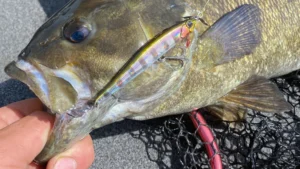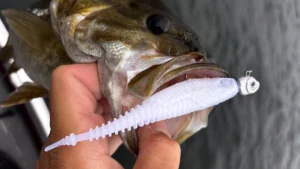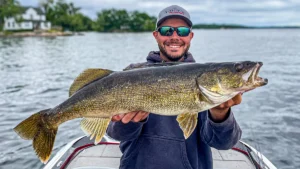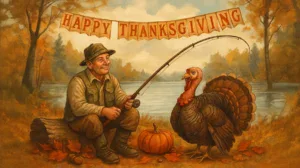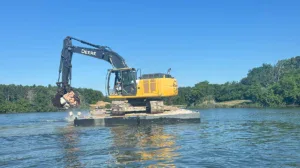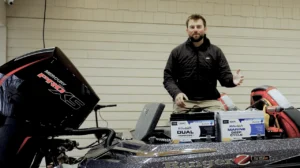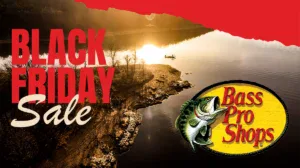Summer is tough, so you need to be too. Mental toughness is hard to define, but when the bite gets tough, it matters more than any bait or cast. Even with today’s advanced electronics, there’s no “magic button.” What separates great anglers from the rest is persistence, focus, and attention to the small details, especially when fishing unfamiliar waters. In these moments, intuition and gut feeling become essential tools.
Casting Counts: Location is Everything
The first rule? Location, location, location. If you can’t put your bait in the right spot, someone else will — and they’ll catch more fish than you.
Accuracy matters. Great casters can drop their bait in a spot the size of a coffee cup. That precision turns average days into great ones. Poor casting, on the other hand, is often the difference between catching fish and going home empty-handed.
Look for untouched spots. Places with cobwebs, tangled vines, or messy overhangs. These hard-to-reach areas often hold fish because less experienced anglers skip them. Undercut banks with grapevines or multiflora rose in the fall? Perfect. And remember: “If you’re not getting hung up once in a while, you’re not fishing where the fish are.”
Shallow, Deep, or Somewhere Between?
Pitching, flipping, and casting all play a role. The best anglers can size up cover quickly—recognizing, for example, that a log laying flush on the bottom won’t hold as many fish as one with even a few inches of water beneath it.
Fish every piece of cover thoroughly. Don’t just hit the obvious stumps or laydowns. Fish the entire area with purpose.
Slow Down to Catch More
Most of us fish too fast. Great anglers understand tempo. Yes, covering water is important—but not at the cost of missed fish. Whether you’re after bass, crappie, or catfish, knowing when to slow down your presentation makes all the difference.
Change casting angles. Many anglers cast the same line over and over with no success, while a slight adjustment can trigger a strike. Think about wind direction, sun position, structure, and bait movement — they all matter. And if you always fish toward the bank from a boat, or out from the shore, try switching it up. Early summer is a great time to experiment.
Match the Hatch: Summer Success Starts Here
In the early post-spawn and summer months, matching the forage is more important than ever. When young shad start bunching up (2-3 inches long), it’s prime time for:
- Crankbaits
- Boot-tail swimbaits
- Oversized squarebills
- Buzzbaits and spinnerbaits
- Topwater walkers
- Twitch baits like Flukes and Caffeine Shads
Color matters. Shad aren’t always silver, and bluegill vary too. In summer, try translucent blends, pinks, or green pumpkin combinations. These colors shine, especially when paired with moving baits.
Read the Water, Pattern the Fish
Instead of “spot fishing,” look at environmental clues — water temperature, wind direction, structure, depth. Fish are feeding heavily now, and they often group up. One or two bites can tell you a lot: should you stay and work the spot, or move on?
And when you catch a fish — get back in there fast. Notice what the fish are feeding on (shad, crawfish, bluegill), and adjust your bait color and shape accordingly.
Mixed Bags and Bonus Clues
This time of year, mixed bags are common. Catching white bass or hybrid stripers? Walleye, saugeye, and crappie may be close by too. These “bonus bites” offer valuable info on where to focus and what to throw.
Enjoy the Season
The late post-spawn can be challenging—but it can also produce big numbers if you crack the code. Just remember: leave a few fish for others.
Take a moment to enjoy the surroundings too. The crisp air, fall colors, a deer by the bank or a squirrel in the trees — there’s no better time to be on the water.


